
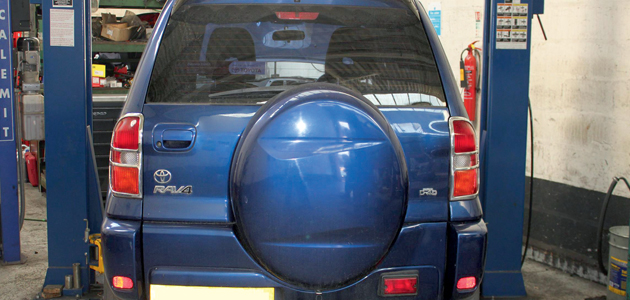
Toyota’s ‘Recreational Active Vehicle’ or to use its more commonly known name – ‘RAV4’ – has been produced in various forms since 1994. The second generation XA20, which was produced from 2000 to 2005, has sold many vehicles in the UK and as a direct result is a popular sight in the aftermarket. With its 4WD system, replacing a clutch and DMF on the RAV4 can be a little tricky, but with the guidance of the LuK the whole process will become much easier.
Nothing out of the ordinary is needed to complete the job, the only special tools required are a transmission jack, an engine support beam and a long axle stand. A two-post ramp was used in this example, as a four-post ramp may not provide enough clearance. For safety reasons it’s considered best practice to disconnect the battery earth lead before commencing work. If the vehicle has alloy wheels it may be fitted with anti-theft wheel bolts, so make sure you have the key before you start.
Disconnect the MAF sensor (pictured below) from the air inlet pipe and release the jubilee clip securing the pipe to the air filter housing.
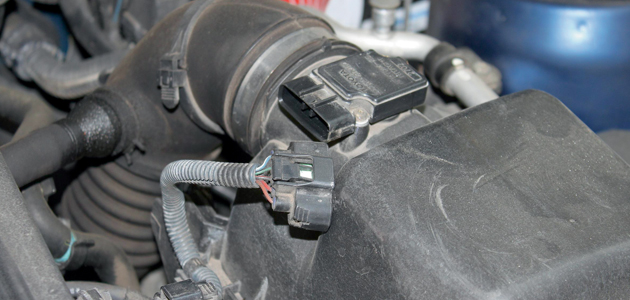
Undo the plastic clip on the inlet pipe and release the attached harness. With a sharp pull, release the upper air filter housing from the inlet pipe. Unbolt and remove the lower air filter housing and release the attached harness. Undo the bolts holding the air filter support bracket and remove it. Remove the clips on the gear linkage cables and disconnect them. Undo the bolts securing the linkage bracket and remove. Undo the earth point on the gearbox casing and disconnect the reverse light switch (pictured below).
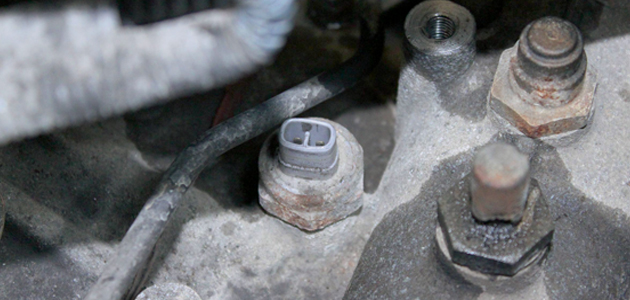
Release the gear selector cables (pictured below) from the support bracket and stow them to one side. For better access, remove the fuel pipes and the connector attached to the fuel filter housing and remove it by undoing the two bolts. Disconnect the speedo connector at the rear of the gearbox.
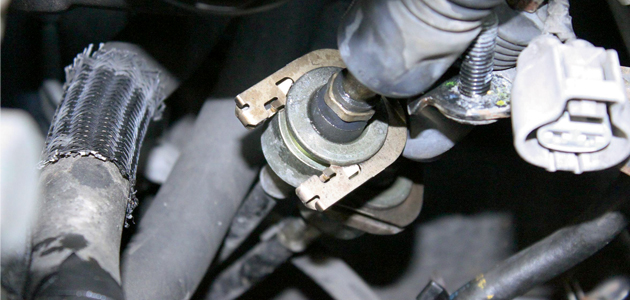
Clamp the slave cylinder pipe and undo it (pictured below). Once free, undo the support bracket and remove it. Undo the two starter motor bolts (access is hidden) and the upper bell housing bolts. Support the engine and undo the single long bolt securing the gearbox mooting to the chassis.
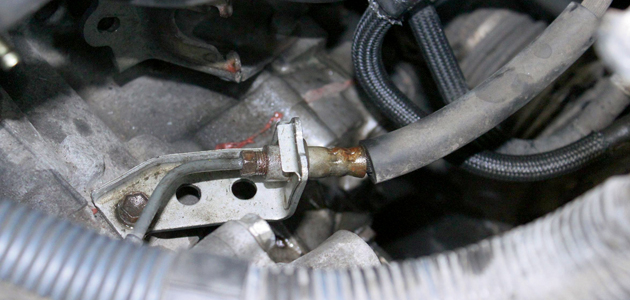
Raise the vehicle and remove both front road wheels. Drain the fluid from the transfer box and the gearbox. Unbolt the propshaft rear and centre supports and slide the shaft (pictured below) off the transfer box.
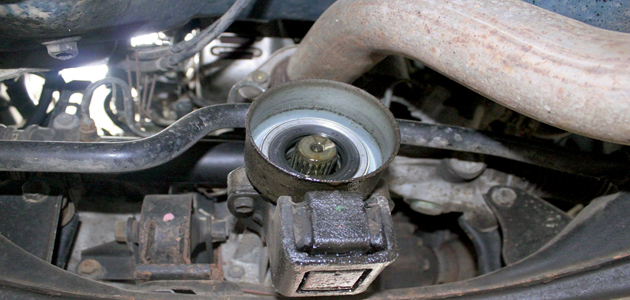
Undo both lower ball joints on each side and undo the front engine and rear gearbox mount. From underneath, unbolt both anti-roll bar and steering rack brackets (pictured below) from the subframe.
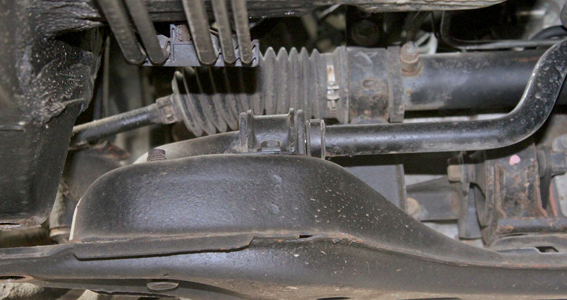
With sufficient support, undo the main subframe bolts – including the two at the front – and lower the subframe. Remove the driveshafts (pictured below) from the transfer box and remove the hub on the offside (to allow the long shaft to be removed).
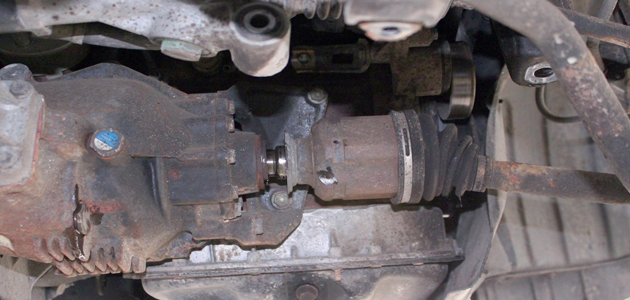
Remove the transfer box bracket bolts and the lower bell housing bolts. With support, lower the gearbox and transfer box together down to the floor. With the clutch removed, check the Dual Mass Flywheel (DMF) for signs of heat stress and evidence of grease loss. The DMF should also be tested for freeplay and rock between the primary and secondary masses. LuK tool number 400 0080 10 is specifically designed for this purpose on all LuK manufactured DMFs.
Full instructions and tolerance data for all LuK DMFs are contained on a CD which comes with this special tool. Clean the first motion shaft splines and any debris from the bell housing (especially important when a release bearing has failed). Put a small dab of high melting point grease (not a copper-based product) on the first motion shaft splines and make sure the new driven plate slides freely back and forth. This not only spreads the grease evenly but also makes sure you have the correct kit.
Wipe any excess grease off the shaft and driven plate hub. Using a universal alignment tool and checking the driven plate is the correct way round (note “Getriebe Seite” is German for “Gearbox Side”), the clutch can be bolted to the flywheel evenly and sequentially.
Before fitting the gearbox make sure the locating dowels are in place and not damaged. Refit any that have become dislodged and refit the gearbox. Make sure the gearbox bell housing bolts are secured before lowering the jack.
Refitting is the reverse of the removal.









